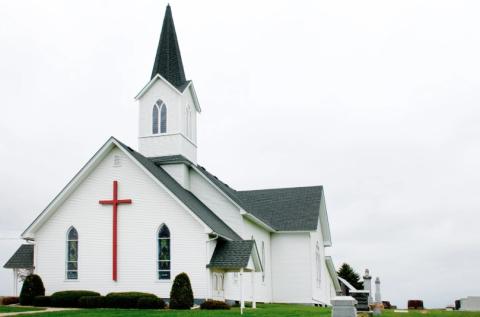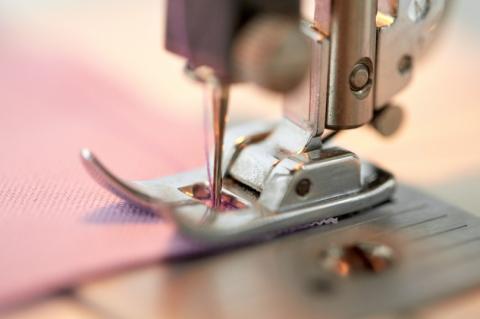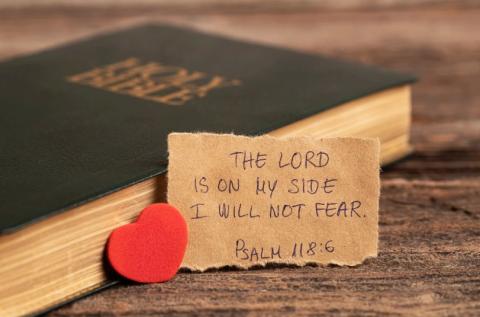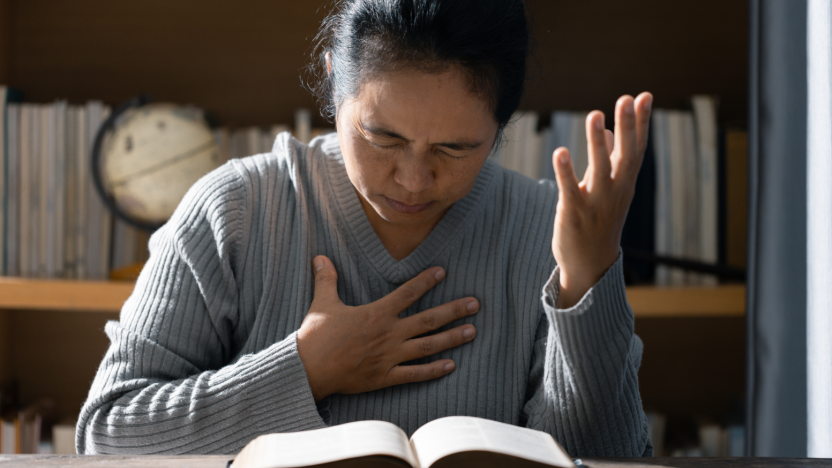Growing up in the twin islands of Trinidad and Tobago, we had clothes assigned for specific occasions, just like in other Caribbean islands. During the week, we wore uniforms unique to our school. While head coverings were not mandatory, many students, including myself, wore black berets to shield themselves from the hot sun. We could wear either black dress shoes or sneakers, but they always had to be clean. Before classes and after lunch, students lined up in the yard for inspection by a teacher. Anyone who appeared disheveled was pulled out of line and sent to the office. Students were easily recognizable by their school uniforms and were held accountable if spotted outside their school’s geographic boundaries during school hours.
As soon as we got home from school, we quickly changed into play clothes that could withstand rolling around and getting sweaty and dirty in the heat. This meant freedom to climb trees, play in the dirt, or hang out on the steps after finishing homework and chores. Typically, shorts, a top, and slippers worked well for this.

When it was time for church, we dressed in our “Sunday best.” Our grandfather dropped my sister and me off at church, and there was no adult supervision while we were there since he picked us up after the service. We wore our pretty, matching lace dresses, shiny black shoes, and white socks, and we had head coverings. Our hair was styled in thick braids with ribbon bows at the ends, which completed the outfit. We sat like ladies and made sure not to get our clothes dirty.
With that upbringing ingrained in me, I upheld a high standard for how I dressed. My family moved to Montreal, Canada, when I was nearly eleven years old, and I was one of the neatest, best-dressed children in fifth grade. As I got older and financial challenges arose for my then-single mother of seven children, I started sewing my own clothes, all thanks to my Home Economics class in high school.
When I was in college, we started attending church on Saturdays (Sabbath). This weekly church attendance was new to me, so I needed suitable clothes to wear. My sewing skills improved significantly. Right after university, I moved to Edmonton, Alberta, and began working as a social worker for the Government of Alberta. That was a new level, as I frequently appeared in court and needed professional attire. I was able to grow my wardrobe with the help of clearance racks at major department stores.

Sometimes, I made a dress to wear to church on Sabbath and then wore it to work the following Monday. Staff often commented that they never saw me in the same outfit twice. My mother had taught me that “even if I was broke, I should dress smartly and walk tall with my head held high. No one needed to know my business.” At 5’ 10”, this helped build my confidence in myself and my abilities. It also reminded me that how I presented myself mattered. Having the right “dress” can make a big difference in our circumstances.
Dressing for Success: Biblical Example
A story in the Bible emphasizes the importance of the right dress. We find this story in 1 Samuel 17. Two great enemies had drawn up battle lines: the Philistines on one side of a mountain and the Israelites on the other. Goliath, a champion of the Philistines, was a literal giant—loud and intimidating. He came down the mountain daily and taunted the Israelites, challenging them to select a man to fight him. King Saul and his soldiers were terrified, shaking in their boots.
Meanwhile, Jesse, who had three sons in the army camp, sent food for them through his youngest son, David. When David arrived at the camp the following day, the army was preparing for battle and shouting their battle cries. David quickly found his brothers and heard Goliath’s threats. The other soldiers fled in fear, but David was determined to confront the Philistines. After all, hadn’t they openly and publicly insulted Israel’s God—the One True God?!
David was confident that the Lord, who had delivered him from the claws of the lion and the bear while tending sheep, would also deliver him from Goliath’s hand. Saul told David, “Go, and may the Lord be with you” (1 Samuel 17:37). But first, Saul dressed David in his armor, placing a bronze helmet on his head and a very large coat of mail on his body. However, David could not even walk in another man’s armor, so he took it off. David preferred to be dressed in nothing more than what the Lord had given him.

Armed with his staff, since he was a shepherd boy, five smooth stones, and his sling, David confronted Goliath, and Goliath laughed and sneered at the young lad. However, God delivered him into David’s hands. David ran towards the giant, proclaiming confidence in the Almighty, and with a quick snap and a zing of a rock through the air, the giant fell. David would not have been successful in someone else’s attire, so he faced Goliath in the name of the Lord of Hosts. What he was dressed with was significant.
Dress for Spiritual Success
The Bible tells us how we should dress for spiritual success. Ephesians 6:10-13 states, “Finally, my brethren, be strong in the Lord and in the power of His might. Put on the whole armor of God, that you may be able to stand against the wiles of the devil. For we do not wrestle against flesh and blood, but against principalities, against powers, against the rulers of the darkness of this age, against spiritual hosts of wickedness in the heavenly places. Therefore, take up the whole armor of God, that you may be able to withstand in the evil day, and having done all, to stand.”
As soldiers in the army of the Lord, we receive specific guidance on how to dress for spiritual combat, as we undoubtedly live in evil days and need God’s protection.
- The Helmet of Salvation protects our minds—the seat of thinking and reasoning—from doubting what Jesus has done for us on the Cross.
- Next, we have the Breastplate of Righteousness; Satan, our arch-enemy, attacks our hearts, the life-sustaining organs in our bodies. God's righteousness serves as the covering that shields our hearts.
- Then we have the Shield of Faith; this shield guards us against the enemy's unseen darts and helps us see beyond our current situation, believing that God will carry us through.
- Following this is the Belt of Truth; Satan plays unfairly, often using lies to confuse and mislead us. We must know God's truth for ourselves to discern error.
- The Sword of the Spirit is the Word of God, the Bible. It is the only weapon that empowers us to overcome the enemy's traps. When Satan tempted Jesus in the wilderness, He responded with, "It is written" (Matthew 4:4).
- Finally, we have Feet Shod with the Preparation of the Gospel of Peace; wherever you go, walk with Holy Boldness and share the Good News of Jesus. I once saw a billboard that said, "No Jesus, no Peace. Know Jesus, Know Peace." Be ready to share the Gospel with everyone you meet.
Call to Action
As God gives us the gift of life daily, let us dress in the whole armor of God as we face each new and untried day. Don’t forget to use your secret weapon, though, which is prayer. The Bible tells us in 1 Thessalonians 5:16-18, “Rejoice always, pray without ceasing, in everything give thanks; for this is the will of God in Christ Jesus for you.” May God help us to be spiritually dressed daily!

All scripture taken from the New King James Version®. Copyright © 1982 by Thomas Nelson. Used by permission. All rights reserved.




